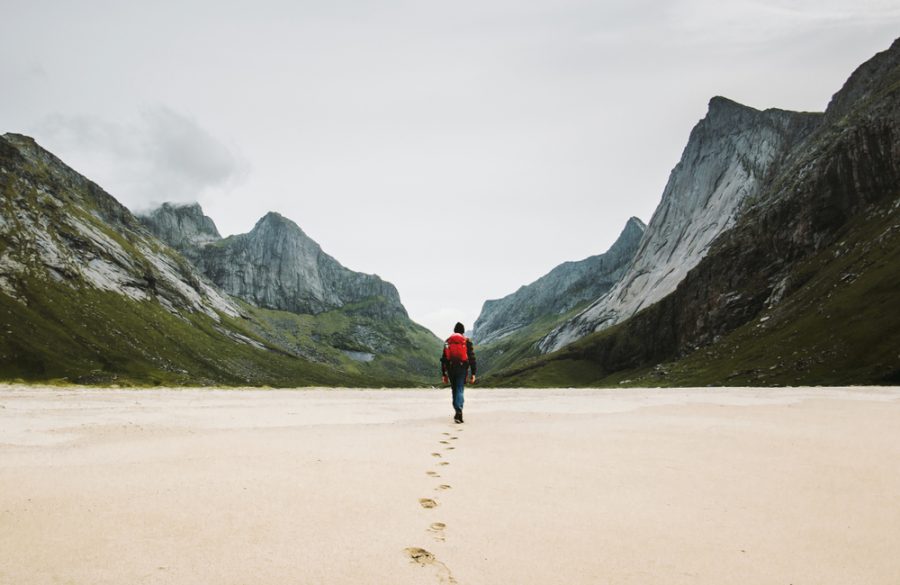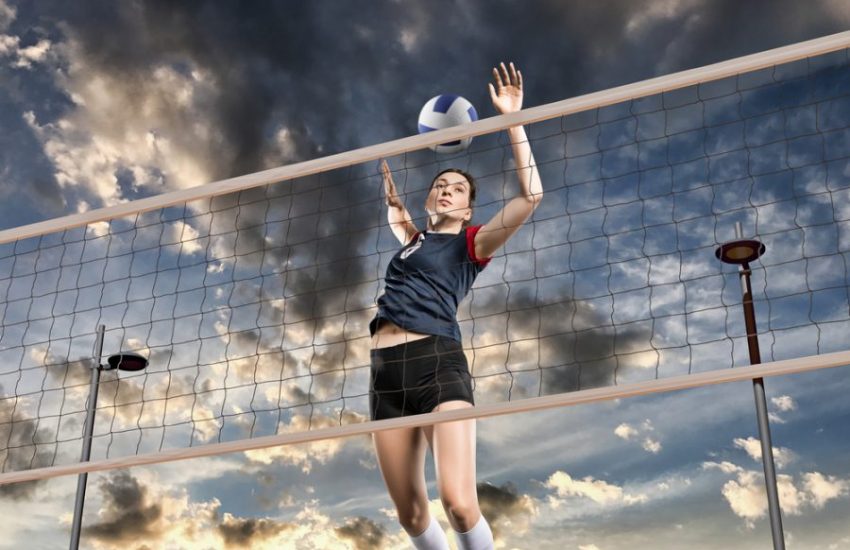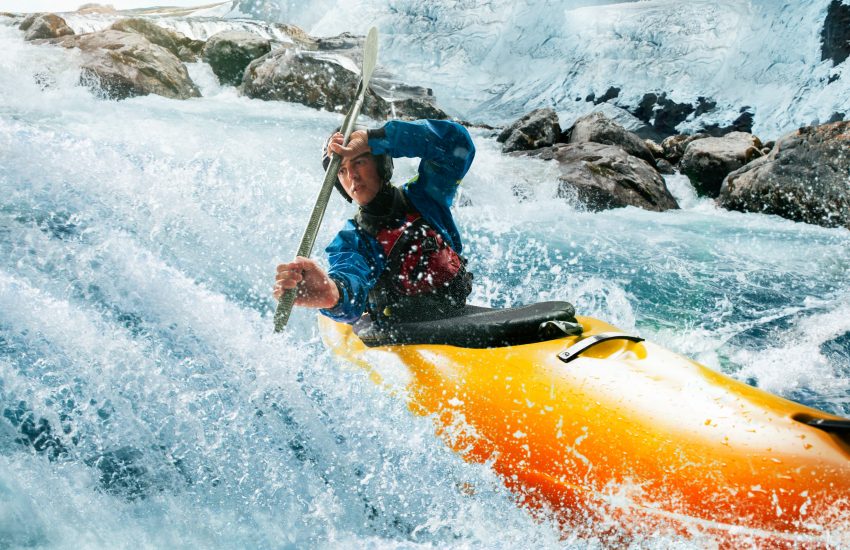Long Distance Walking: Pleasures and Pitfalls
Hiking or rambling or long distance walking. Whatever you call it, it can be a huge pleasure, relieving stress and working as an effective cardio workout, raising your heart, and strengthening your core and leg muscles.
Along with the pleasures that a long walk can bring you, there are some pitfalls that can make the experience more difficult and today we’re taking a look at them, and helping to make sure you can avoid the worst of them.
Dehydration
A long walk in hot weather can be quite punishing for your body, but the deleterious effects build so slowly you might not notice until you’ve got into serious difficulties. Make you sure you build plans to rehydrate into your ramble.
If you’re not familiar with the science then you might discover when you’re researching how to rehydrate yourself that it’s more complicated than you thought. You can’t just drink water to rehydrate, as you’re not just losing water as you walk. You’re also sweating out electrolytes – salts dissolved into the water in your body used for important processes. If you’re experiencing muscle pain, cramps or spasms, then you could be running low on electrolytes, and on a hot day, while pushing your body harder than usual, you could be losing them faster than you can replenish. Add some rehydration powders or isotonic sports drinks to your pack, and you can be sure you won’t run into difficulties.

Foot Pain, Blisters and Cuts
If you’re unused to longer distance walking, then you might find your feet become a source of trouble. Aches and pains can escalate into uncomfortable blisters that can ruin a walk, and the following week!
You can reduce the risk of blisters by buying a well fitting pair of walking boots and wearing them in in advance – don’t take them for a twenty mile hike fresh out of the shop! – and pairing them with thick walking socks. This reduces the rubbing that ultimately causes blisters. If you’re serious about walking, the soles of your feet will toughen over time, making blistering less frequent and less painful.
In the short term, you can pack some supplies to make life easier! A spare of socks can help if your first pair get wet or sweaty, and blister plasters can protect and cushion blisters at the first sign of pain, helping to stop the problem developing.
It can also help to start with smaller walks, and build up the distance you hike in a day over time, toughening your feet and your muscles, and avoiding strains and pains!

















